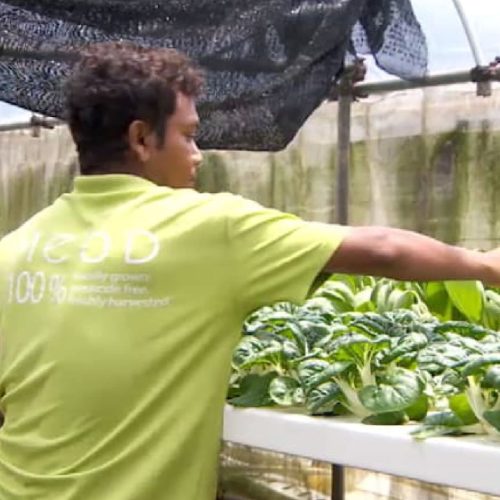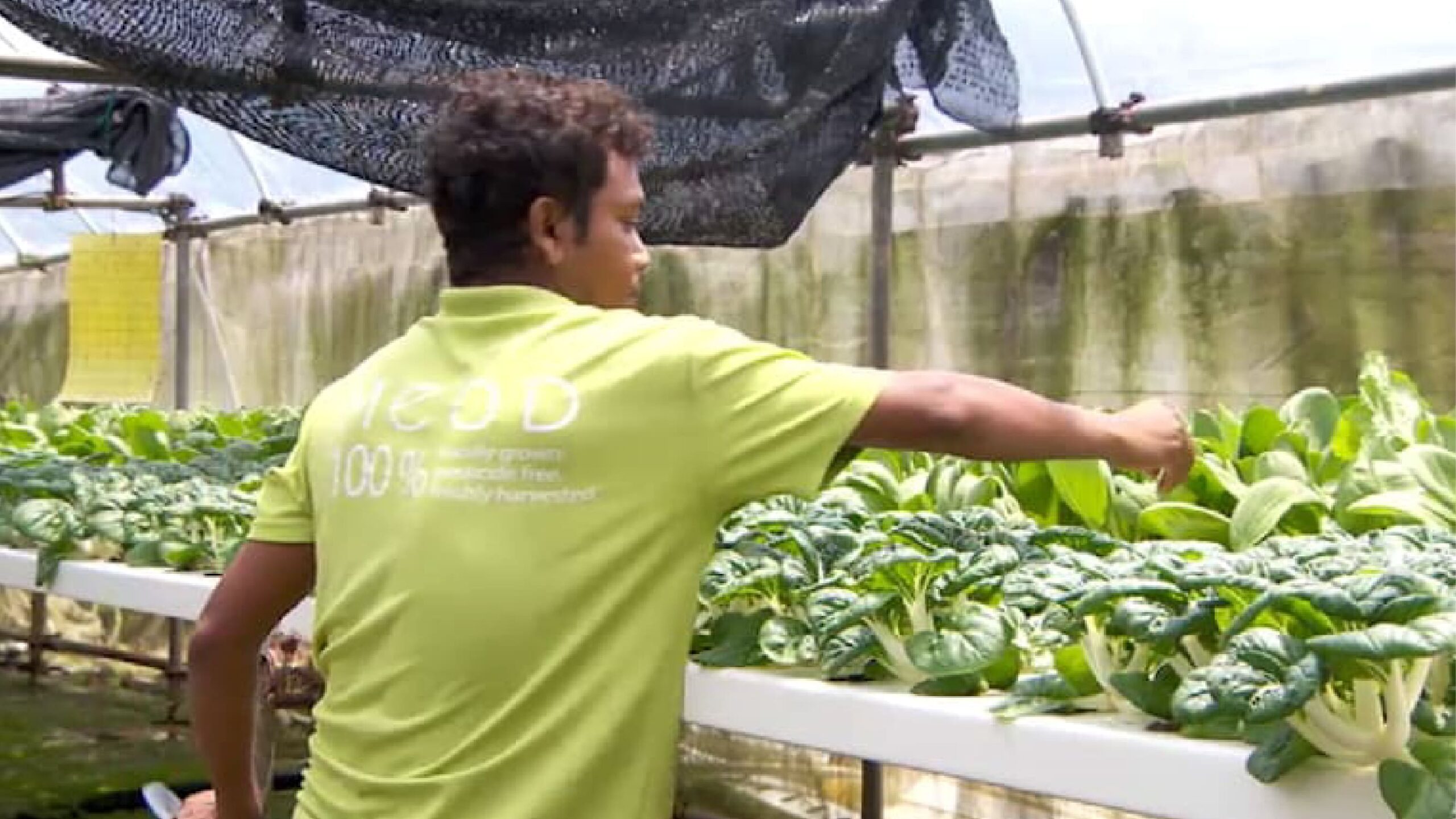Singapore is facing an increased risk of chikungunya transmission following a notable rise in reported cases this year. The Communicable Diseases Agency (CDA) has confirmed that 17 infections have been recorded from January to early August 2025, more than double the eight cases reported during the same period last year. This figure already surpasses the total number of cases recorded in the whole of 2024, which stood at 15.
Health authorities attribute the rise to a combination of factors, including the presence of Aedes mosquitoes in Singapore and the arrival of infected travellers from affected regions. CDA has stated that it is closely monitoring the situation and will review the need for further public health measures if new data indicates an increased risk.
Imported and Local Cases
Out of the 16 cases confirmed by the end of July, 13 patients had recently travelled to areas where chikungunya is prevalent. The remaining three cases were locally transmitted but not linked to each other, suggesting sporadic rather than clustered spread.
While the numbers are significantly lower than during major outbreaks in 2008 and 2013, health experts warn that the recent increase highlights the country’s ongoing vulnerability. In 2008, Singapore reported 718 cases, while in 2013 infections surged to 1,059, many of which were locally acquired.
Vector Control Efforts Intensified
The National Environment Agency (NEA) has stepped up its vector control operations following CDA notifications of new cases. Measures include targeted inspections for mosquito breeding sites near patients’ homes and workplaces, as well as the deployment of about 72,000 Gravitraps across housing estates to monitor Aedes mosquito populations. NEA works closely with community partners to intensify control efforts whenever a cluster is detected.
Understanding Chikungunya
Chikungunya is a viral disease transmitted through the bite of infected Aedes mosquitoes. Symptoms often resemble those of dengue and include sudden fever, rash, headache, and joint pain. While the disease is generally not life-threatening, joint pain can persist for weeks or even months, significantly affecting daily life.
Professor Ooi Eng Eong from Duke-NUS Medical School explained that although chikungunya is less deadly than dengue, it can be debilitating. Chronic joint discomfort can limit physical activity and impact overall quality of life.
Global Outbreaks and Regional Risks
Experts believe that ongoing outbreaks in countries such as Sri Lanka, China, and several Indian Ocean nations may be contributing to the rise in cases detected in Singapore. As a global travel hub, Singapore is more exposed to imported infections, making swift detection and mosquito control critical.
China alone has reported more than 7,000 cases in 2025, prompting the United States to issue a travel advisory for Guangdong province, Dongguan, and other business hubs.
Preventing Chikungunya Transmission
Currently, no chikungunya vaccine is available in Singapore, although some have been licensed in other countries. According to infectious disease specialists, regulators may be waiting for more safety data before approval due to the relatively low local infection rate.
In the absence of a vaccine, prevention relies on avoiding mosquito bites. CDA advises the public to:
-
Use insect repellent, particularly during dawn and dusk when mosquitoes are most active
-
Wear long-sleeved clothing and long pants to reduce skin exposure
-
Stay in well-screened or air-conditioned rooms when possible
-
Eliminate potential mosquito breeding sites around homes and workplaces
Travellers to affected areas should be extra vigilant and continue using mosquito repellent even after returning, to avoid infecting local mosquito populations.
Medical Attention and Treatment
If symptoms such as fever, rash, and joint pain appear, individuals should seek medical attention promptly and inform healthcare providers about recent travel and potential mosquito exposure. This helps ensure accurate diagnosis and quick reporting to CDA, enabling NEA to respond with vector control measures.
There is no specific antiviral medication for chikungunya. Treatment focuses on relieving symptoms, such as using analgesics to manage joint pain. Patients should also be tested for dengue, as co-infection is possible.
Collective Responsibility for Public Health
Public health experts emphasise that combating chikungunya requires both individual and community action. Checking for and removing stagnant water in homes, workplaces, and construction sites is essential to reduce mosquito breeding. NEA can issue stop-work orders to construction sites found to have breeding grounds, underscoring the importance of environmental vigilance.
By remaining alert, taking personal precautions, and supporting national mosquito control initiatives, Singapore can minimise the risk of chikungunya outbreaks and safeguard community health.








